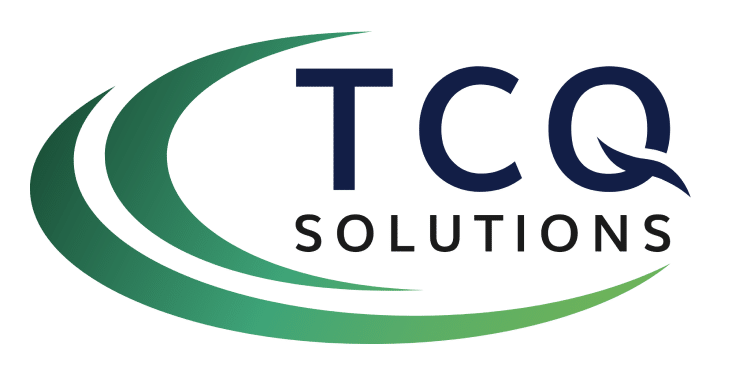
Building Toward a Successful Exit – Chpt 2 Alignment



Together, these questions form a robust framework for driving excellence, providing leaders with a roadmap to enhance alignment, accountability, and performance.
This structured approach ensures that every part of the organization is aligned, engaged, and focused on achieving the BHAG.
One of the key strengths of this framework is its practical applicability. By combining the philosophical elements of defining and aligning success with actionable steps like scorecards and social contracts, TCQ Solutions bridges the gap between strategy and execution. The use of both leading and lagging indicators is particularly commendable, as it allows organizations to anticipate challenges while also measuring outcomes.
Moreover, the focus on interdepartmental collaboration and mutual support addresses a common pain points in many organizations: the siloed nature of departments. By fostering open communication and shared accountability, this framework helps create a cohesive, high-performing organization.
"Five Questions – Keys to Alignment" presents a powerful combination for organizations seeking to achieve ambitious goals. By addressing critical questions and providing a structured method for alignment, TCQ Solutions offers a framework that is both strategic and actionable.
The emphasis on clarity, collaboration, and accountability ensures that this approach can drive meaningful and sustainable results. This concept is especially critical for business owners planning to sell their companies, as it not only enhances operational efficiency and profitability but also demonstrates to potential buyers a well-aligned, resilient organization poised for sustainable growth. By implementing the "Five Questions – Keys to Alignment" framework, owners can maximize their business's value while ensuring a seamless transition that preserves their legacy